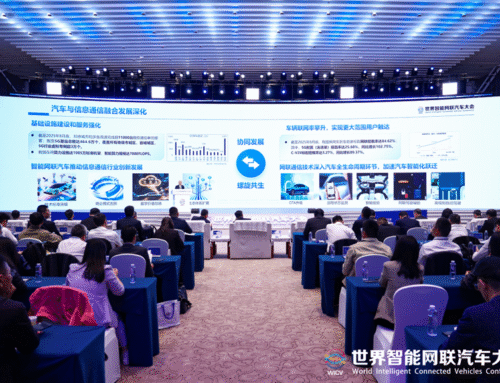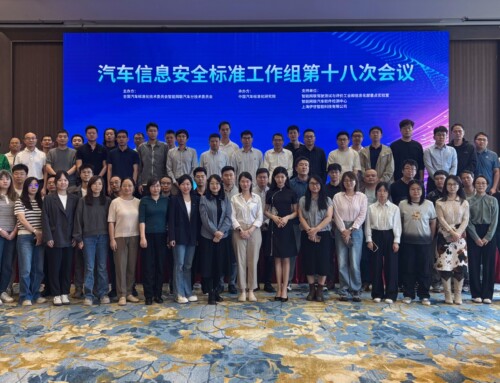On 17 April 2023, the Standardization Administration of China (SAC) released the Guidelines on Improving the Work of the National Standardization Technical Committees (hereinafter referred to as the Guidelines). National standardization technical committees, as put forward in the Guidelines, consist of different types of groups and committees, specifically including general groups, technical committees/subcommittees, special working groups, and research groups; together, they provide strong support to China’s standardization development. The objective of the Guidelines, which were formulated in accordance with the National Standardization Development Outline, is to continue promoting standardization development, by emphasizing the quality, interoperability with international standards, the key role of market, and support to the development of industries.
The main body of the Guidelines consists of 15 targeted and operational measures from five aspects: (i) improving the system of technical committees, (ii) optimizing their responsibilities, (iii) strengthening the capacity building, (iv) enhancing the support provided by the secretariat, and (v) standardizing management. However, considering that each technical committee has its own characteristics and peculiarities, the Guidelines do not generally indicate specific indicators for development, unless for general advice purposes. The only major exception is that it does limit the timeline for developing national recommended standards to 18 months.
The following is a summary of the key points which may affect foreign stakeholders:
- Adjustment of the technical committees across industries. The Guidelines put up requirements for reducing the redundancy of the technical committees in the secondary industry, while encouraging the establishment of technical committees, as needed, for the primary industry, service industry, and public service. The adjustment is in line with the China’s commitment to extending the impact of standardization, from the manufacturing industry to other sectors.
- Liaison between different technical committees. To strengthen coordination among technical committees, the Guidelines propose to establish liaison networks across different technical committees. This will prove helpful especially for those cross-sector related technical committees, such as artificial intelligence.
- Conversion of association standards into national standards. The document emphasizes the potential opportunities provided by the conversion of association standards into national standards. Such emphasis, in fact, recognizes the importance of associations standards and indicates the potential in “upgrading” of association standards to national standards.
- Capacity building for international standards development. One section of the Guidelines is specifically dedicated to China’s participation in international standardization activities. Specifically, the Guidelines encourage the establishment of mirror committees, communication mechanisms with foreign and international counterparts, adoption of international standards, and increased compatibility between China’s standards and international standards. These reflect China’s commitment in engaging in international and foreign cooperation. In addition, the Guidelines stress the importance of standardization training and education: one key objective of training is to nurture standardization professionals mastering foreign languages.
In general, the Guidelines set the tone for the work of technical committees in standard development and management, clarify their role, and provide the direction for further improvement. In this process, foreign stakeholders may engage in China’s standardization development by leveraging on the country’s proactive attitude in participating in international standardization cooperation and development.




